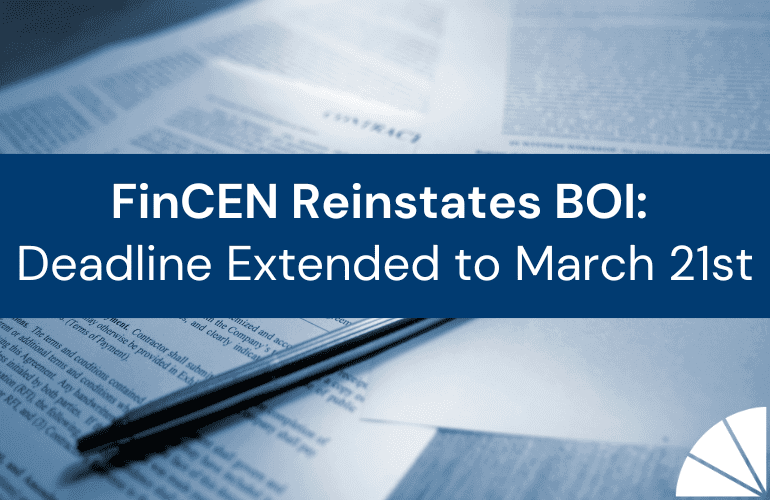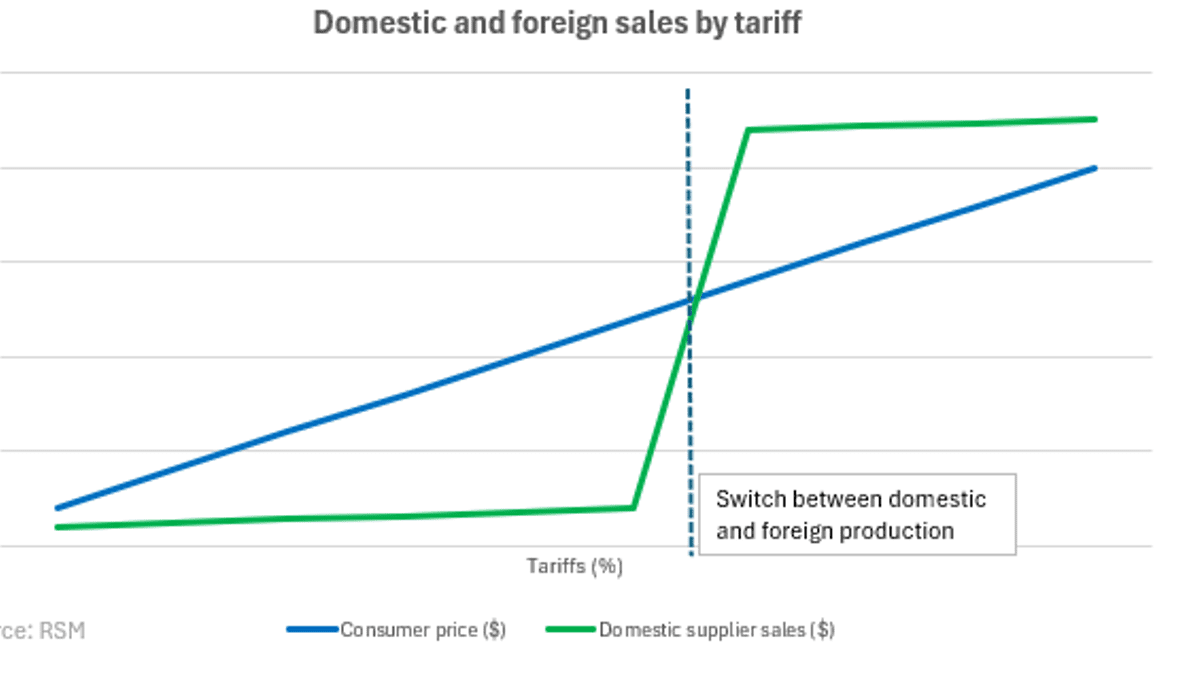It’s that time of year, so LGA’s Managing Partner John D. Geraci, MST, CPA and Jim DeCesar, Manager, CPA are discussing financial statements. Jim shares a bit about what he’s seeing with clients on a day-to-day basis, as well as how companies can use financial statements for more than just reporting. These documents can be used as tools to help a business grow and reach its financial goals.
If you’re getting ready for an audit or review, or just want to learn how to make the most of your financial statements, see what LGA’s Financial Statements team offers. The team at LGA is always here to help. Contact us today.
—
Full Transcript:
[John]: Hi, I’m John Geraci and I’m here today with Jim DeCesar from LGAs accounting and auditing department. And we’re here to talk to you about the financial statements and sort of the difference between the way that we’ve people tend to historically look at the financial statements and the way that I think they should be looking at the financial statements. So, we’re at that time of year where we’re all doing our year end prep and the teams are going to be out in the field. So Jim, could you tell me a little bit about what people are seeing when they go out and deal with the financial statement side?
[Jim]: Yeah, absolutely. So, most of our financial statement engagements are either review or audits. In both of those engagements, we work with the client’s numbers to identify some business trends and changes within the company. And it can be within the industry as we, as we dig in and really understand how those are affecting our clients, how they’re gonna affect the financial statements, and then the tax return.
[John]: So you actually said audit versus review. So just a real simple explanation. What’s the difference to the lay person? Yeah, definitely. So an audit review is very similar. Both involve talking to management, both involve analyzing the numbers and understanding those changes in the business I described. On an audit, we’re simply looking at more of the underlying documents, contracts, invoices, cash transactions. At a review, it really sticks at a higher level.
[John]: Okay. And so how do we transform the way we go about sort of viewing a financial statement, engagement? How do you make it more of a value add?
[Jim]: Well, what we do is we really try to understand those underlying factors that are driving the changes in our client’s business. Those are the things that they really find important. They’re going to affect the way that someone reads their financial statements or the taxes they pay, whether it’s a corporation or an individual. And we really want to understand what, what’s, what’s the cause that year? Is it going to be effective on the company for future periods? Is it something that only affected this year? And, and have that larger discussion. Because there might be something that they don’t, they have a question on that’s unrelated to the financial statements but does relate to that change or it could be something that we think they should be thinking about further. That was driven by that change we noted within our work.
[John]: So there’s just this buzz going around for the last couple of years. This word KPI, what’s a KPI?
[Jim]: Thanks, that’s a great question. So a KPI, people love acronyms when they know the acronym, but we all get confused if it’s an acronym or hearing for the first time. So it’s a key performance indicator. And so it’ll be something that management has determined is a ratio or a number that really drives their business. It may drive their bottom line, it may drive their top line if we’re talking about the gross profit or net income for the company versus the revenue. And it’s something that they’re focused on as part of their, their review of their own information.
[John]: And so how do, how do we transform this process so that it’s not just a sort of backward looking, engagement where we’re focused on the historical but more of a forward looking? How do we leverage those KPIs? What do business owners do to come up with what’s meaningful for them?
[Jim]: That’s great. We see business owners and I strongly my clients to be looking at this information at least quarterly. It should be tied into your annual review of your, your financial operations. But I think if, if you’re doing it appropriately, it really is a monthly review and it’s part of a robust monthly process to identify those, those ratios and those numbers that really drive your business forward and monitoring them and, and understand why, why they dip in one period and why they grow in another period.
[John]: Yeah, that makes sense. So if there’s anything that LGA can do to help you set your KPIs so that we can transform that for you and your business, please reach out to us. I’m sure Jim would be happy to talk to you or anyone on the AnA team here at LGA. Thank you.
[Jim]: Thank you.





